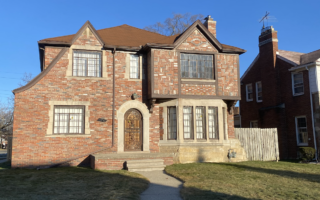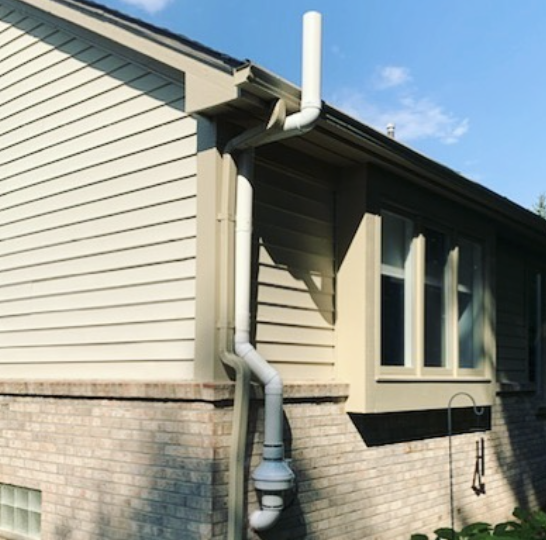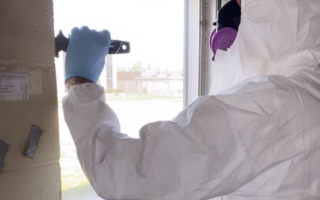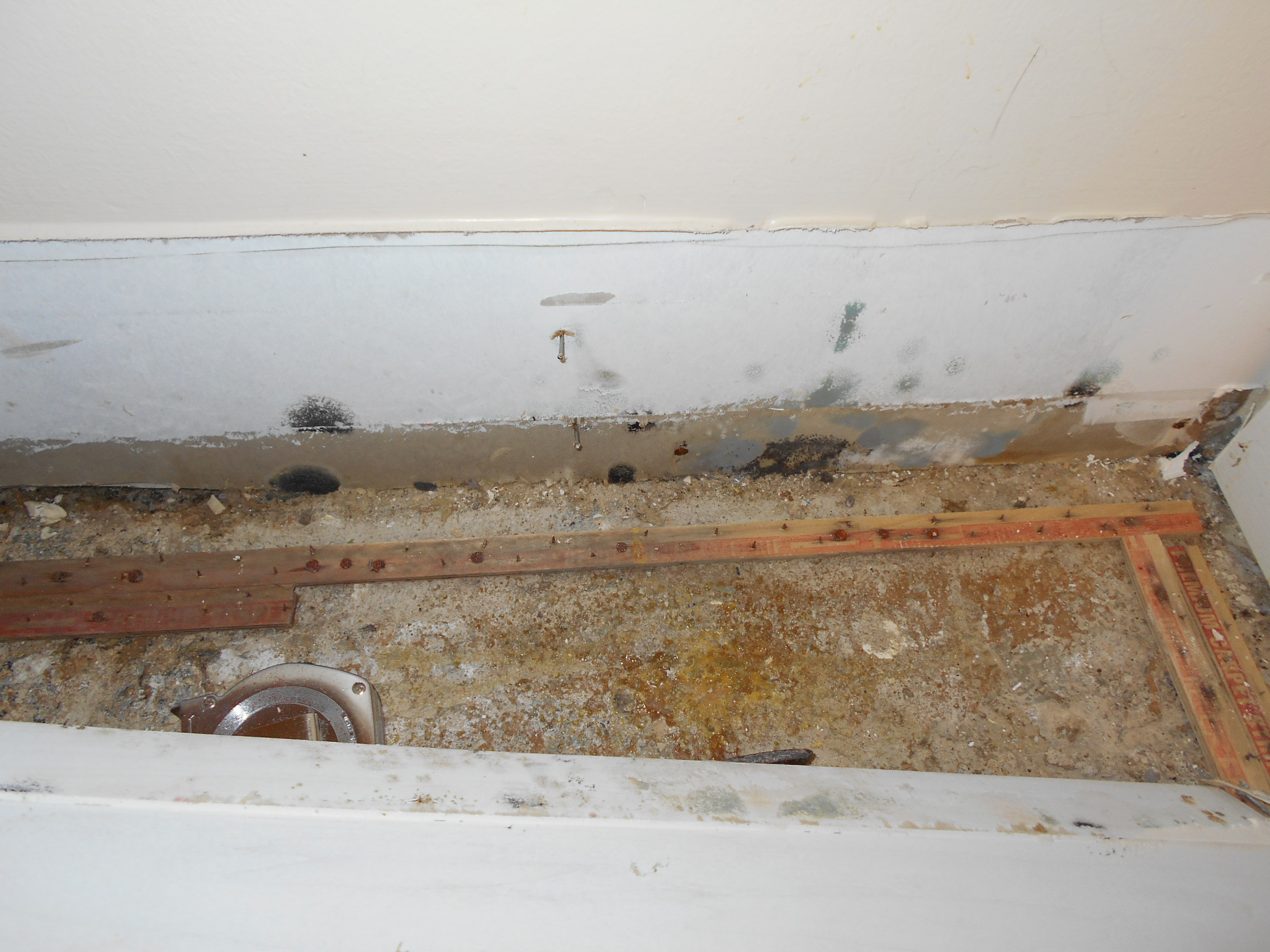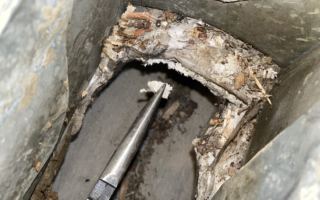According to Dr. Riegel, founder of Healthy Homes, the six most deadly environmental home hazards are Carbon Monoxide, Radon, Mold, Asbestos, and other Miscellaneous Hazards.
Americans, on average, spend approximately 90 percent of their time indoors, as cited by the EPA. It’s no doubt that indoor air quality is creating health effects on the rise. Asthma and allergy rates across the country are skyrocketing at an alarming rate!
To make your home a Healthy Home, let’s look at the six most deadly environmental health hazards in homes across the USA.
Carbon Monoxide (CO)
Carbon Monoxide has no smell and the only way to detect is to continuously monitor your home for this gas. CO usually comes from your furnace and other combustible appliances inside your home. These include, but not limited to the following:
- Furnace
- Gas stoves
- Fireplaces
- Ranges/Ovens/Stoves
- Water Heaters
- Gas Clothes Dryer
- Car running in an attached garage
- Space heaters
- Anything that uses natural gas, propane, fuel oil, wood, kerosene or coal.
A common cause of carbon monoxide in homes is a cracked heat exchanger or an unvented space heater. All combustible appliances must be well maintained, inspected and serviced every 6 months. They must be well ventilated and properly exhausted to the outside of your home.
While campfires are cozy outside in cool weather, they are not healthy for indoor air quality. Wood fireplaces are very unhealthy. They produce CO, soot and particulate that can potentially cause serious health issues. Space heaters (both kerosene and electric) and stoves (both gas or electric) are very dangerous to be used as heat sources in your home.
Candles that produce black soot on ceilings and walls are not an immediate health concern but used over long periods of time can have potential health issues.
Radon is an odorless, colorless gas.
Radon is invisible and is the second leading of lung cancer in the USA, second only to smoking. Elevated radon levels are estimated to be in 1 of every 15 homes in the USA.
Radon gas comes up from the lowest level of your home and “seeps in” passively in through cracks, gaps, and air pockets in your foundation. Basements and main levels (if built on a concrete slab) of your home are the main areas of concern in your home. If you don’t have a basement, you should test the lowest living level.
Unfortunately, inexpensive testing kits are unreliable. I recommend hiring a professional Environmental Consultant like Healthy Homes, Inc. to properly test your home and analyzed by an independent certified laboratory. Read more about radon gas levels in your home.
The good news is radon gas is usually easy to mitigate.
Mold
Mold is in EVERY home, however, common mold is usually not an issue for most people. Certain individuals are more susceptible to including children, the elderly, those who are immunocompromised, and those with underlying health conditions.
Those who are allergic to molds will likely feel the effects of higher concentrations especially of “toxigenic” molds, or whatever they are most allergic to. Toxigenic mold that can be found in the air includes Stachybotrys (Toxic Black Mold), Chaetomium, Aspergillis (Versicolor, Flavus, Niger and others), Penicillium (different species), Fusarium, Alternaria and others.
Mold exposure leading to allergies and asthma in both children and adults have been well on the rise over the past several years! Mold exposure can have immediate effects or cause no immediate effects at all. Over time, the majority of people will notice the effects of exposure to mold.
Any source of water intrusion into your home including but not limited to roof leaks, basement leaks, kitchen leaks, bathroom and many more areas or water intrusion must be professionally investigated.
Contact Healthy Homes to inspect and test your home for indoor air quality.
Asbestos
Asbestos is a natural occurring mineral, that comes from our earth and used in over 3,000 building products!
Most of the exposed asbestos that have a potential health hazard is if the asbestos is in “friable” (crumbling) condition and in an area of your home that your family has easy access to these areas.
Consider inspecting and testing for asbestos if your home was built before 1980.
Asbestos in good condition may be recommended to be left alone.
Lead Paint
It is likely there is Lead paint in any home built before 1987 or shortly thereafter, has a very high probability of exposure to lead dust. Lead dust inhalation and ingestion affects Pregnant women and children under the age of 10 years old.
Lead dust can be easily HEPA (High Efficiency Particulate Air) vacuumed and wet wipe with TSP (Trisodium Phosphate) and well rinsed and repaired over with a zero or low VOC (Volatile Organic Compound) latex, water based paint.
You should have your home inspected for lead paint if your home was built before the early 1980s.
Miscellaneous Environmental Home Hazards
Miscellaneous hazards include but is not limited to: pesticides, VOCs, certain paints, gasoline, bleach and other irritant cleaning / chemical products.
It’s best to remove these products from your home especially if they are old.
In summary, environmental home hazards can be found in many areas of your home. Contact Healthy Homes today to setup a consultation about your home.

